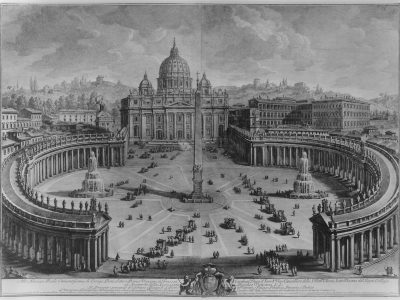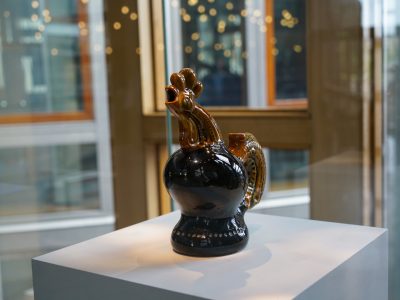‘Sentimental meanderings’: a new display in Berne
Diplomatic relations between the UK and Switzerland were established in the early 19th century. In 1848, a permanent British Mission to Switzerland was set up when a new federal constitution was adopted and Berne became the new seat of the Federal Authority.
A new display of works of art in the British Ambassador’s Residence in Berne includes works by historical, modern and contemporary British artists and highlights cross-cultural connections between the two nations. It encourages reflection on cultural diplomacy (music, food, sport), nature and well-being, historical and contemporary issues, and celebrates pioneering women in industry, literature, politics and science.
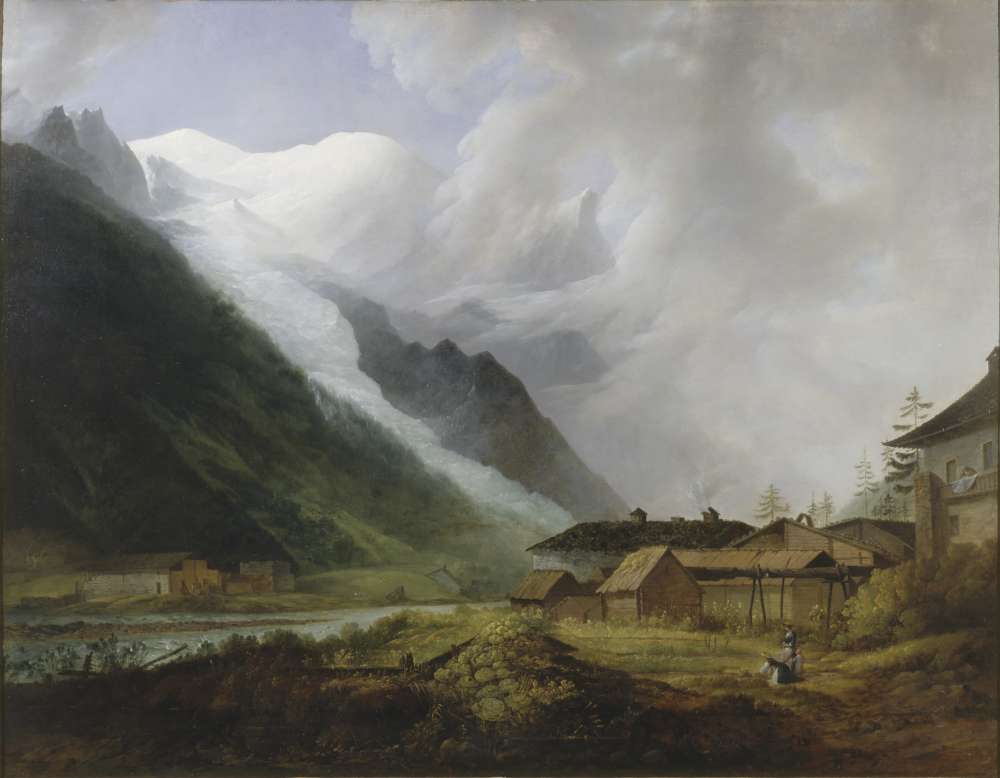
John Webber, Mont Blanc, Glacier des Bossons, Chamonix, 1788
Weaving the past into the present
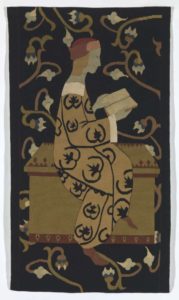
Margaret Maran, Clio
Cultural relations between Switzerland and the United Kingdom date back to the early Middle Ages, when monks from the British Isles came to Switzerland as Christian missionaries. Inspired by the image of a medieval scribe, Margaret Maran’s muse of history, Clio, hints at the past while linking to the present. Clio’s figure will resonate with the visitors to the Residence, acting as a reminder of Berne’s own medieval history and traditions.
The old city is home to medieval arcades, today one of the longest covered shopping promenades in Europe. Eric Ravilious’ High Street series, composed of 24 coloured lithographs, echoes the variety of shop windows artfully arranged like small theatrical sets. The lithographs form a fascinating record of a bygone era, when goods were sold in small quantities through specialist shops and in unobtrusive packaging.

Jack Smith, Still Life with Plaice, 1955
The old city of Berne hosts an annual event known as The Onion Festival, or Zwiebelmärit, which has been running since the Middle Ages. Onion garlands woven with herbs and flowers into decorative shapes appear everywhere. According to one legend, the first Zibelemärit was held in the 15th century as part of the Martini Market (a traditional goods market). Everything was sold there except for onions, so a separate market for onions was created. Another legend states that Zibelemärit dates back to Berne’s great fire of 1405. During that fire, 650 wooden houses burned down and 100 people were killed. The people of Freiburg hurried to help, and in return, the Bernese allowed the people of Freiburg to sell their onions in Berne every autumn from then on.
Jack Smith’s Still Life with Plaice, made in 1955, is an eerie image of everyday objects assembled within a stark interior. Placed in a diplomatic context such as this, the two culinary elements at the centre of this painting ask us to question how food can be an instrument of cross-cultural understanding between two countries. Here, the plaice is a diamond-shaped flatfish that lives on the sandy seabeds all around the UK whereas the braided string of onions is a Swiss a symbol of gratitude.
A spire to the sky
Built on a narrow hill bordered on three sides by the River Aare, Berne’s compact layout has remained largely unchanged since its construction during the 12th and then 15th centuries. One of the Swiss capital’s most important landmarks, the Berne Minster, has the highest church spire in Switzerland. Over the main late Gothic portal stands the sculpture of the Last Judgement, the only statue to survive the iconoclasm of the Protestant Reformation in the Minster. The Swiss Reformation began in 1519 and had a lasting influence on the Church of England.
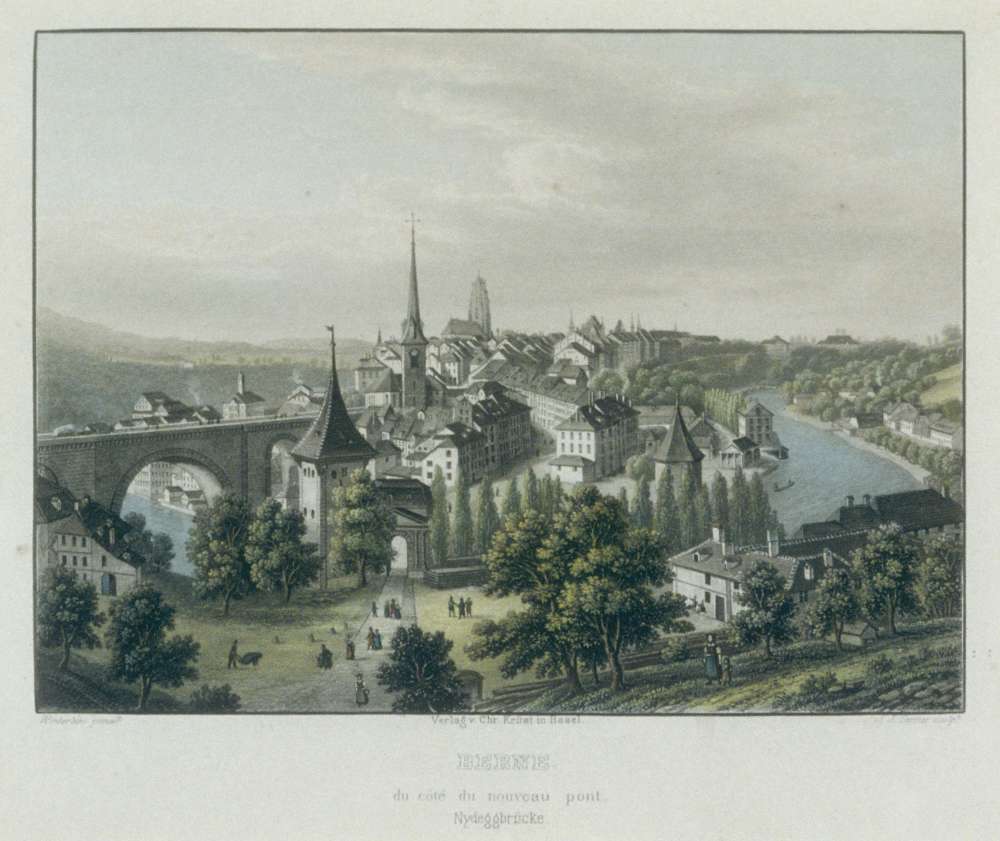
Anton Winterlin, J J Tanner, Berne du côté du Nouveau Pont
A panoramic view
Switzerland’s striking scenery has had a profound impact on how people imagine the country from afar, including in Britain. In 1863, a British travel agency carried out the first organised tour to Switzerland. Responding to the rich history of British landscape painting and blending it with picturesque Bernese views, works by Barbara Dawson, Zoë Carlon, John Lavery, Tanoa Sasraku and Helen Sear encourage visitors to reflect and actively connect with nature.
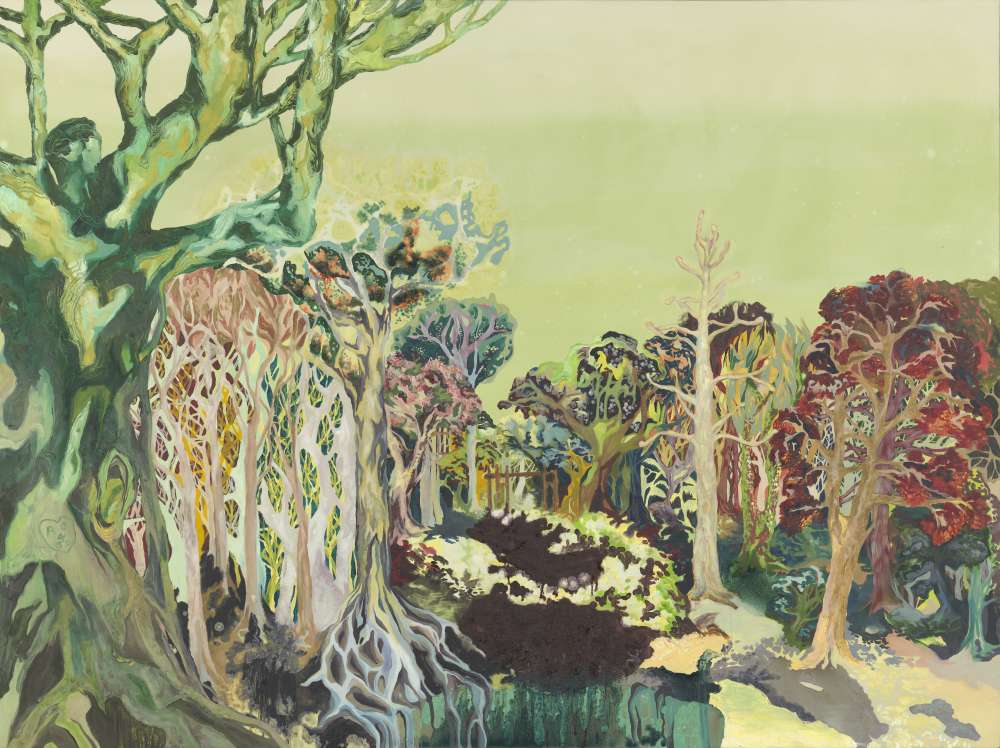
Rhea O’Neill, Sentimental Meandering of a Fictitious Past, 2008
Rhea O’Neill’s Sentimental Meandering of a fictitious past offers up a vibrant, fantastic landscape poised between abstraction and representation. According to the artist: ‘Places we are fascinated by or have just seen in a chance passing leave a lasting impression on one’s mind. Whether the memory is based in fact or fiction does not seem to matter. We treasure certain trees and vistas’.
Pages of history
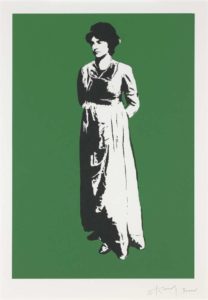
Stewy, Mary Wollstonecraft, 2015
In 1818, Mary Wollstonecraft Godwin (more popularly known as Mary Shelley) published her famous novel Frankenstein, written during her stay with Lord Byron at the Villa Diodati, near Lake Geneva. Her mother, Mary Wollstonecraft, was a pioneering human rights campaigner, a radical thinker and an early inspiration for the Suffragette movement. She is also renowned as the author of A Vindication of the Rights of Woman (1792), a response to Thomas Paine’s famous book The Rights of Man, which was published a year before. In her book, Wollstonecraft argued for the equality of women and men, and for women’s representation in Parliament. She was also the first woman war correspondent and salaried journalist, directly experiencing the War of the First Coalition while living in France from 1793–95.

Richard Wentworth, Time and Place, 2004
The past and the present meet eloquently in Time and Place by Richard Wentworth. Three modern Swiss railway watches peep out from the pages of an Italian-German dictionary, like miniature trains in and out of tunnels. Displaying the real time of Switzerland, Germany and Italy, the watches literally represent the here and now. Yet their insertion into a dictionary published in 1945 alludes to historical events of the time and Switzerland’s neutrality during the Second World War. On 19 September 1946, former British Prime Minister Winston Churchill gave a historic speech in Zurich in which he called for a ‘United States of Europe’. Before this memorable speech, on 17 September 1946, Churchill visited Berne.

